Buddha and the Spread of Buddhism in India and Abroad : Collection of Articles from the Indian Historical Quarterly (Volume 2)
Synopsis
The origin and spread of Buddhism has been a landmark in the history of Greater India (Maha Bharata or Brhattara Bharata) the boundaries of which covered a large part of Asia. As stated earlier, Sakyamuni, the Buddha, was the inheritor of an ancient, rich and varied cultural tradition of a very high order and he formulated and established a new culture out of it which was theoretically enlightening and practically redeeming from the labyrinth of suffering, imperfection, impermanence and other vicissitudes of life. He reconstructed an old path, as the Samyutta Nikaya puts it, a middle path which avoided all extremes. In his ideas, doctrines, and practices the proto-Vedic view of reality and way of life blossomed forth in a fresh and invigourating form which attracted the elite and the masses alike. The rudiments of Buddha’s teachings are well traceable to the Nasadiya, Visnu, Yama and several other Suktas of the Rgveda. The earlier Upanisads and philosophical systems like Samkya-Yoga, Nyaya-Vaisesika etc. had heavily influenced Buddha’s thoughts. It is not unnatural that philosophical ideas and doctrines do not spring in a vacuum and grow out of old ideas. Oldenburg, a great authority on Vedic literature and Buddhism, has very pertinently and convincingly pointed this out in his works. Celebrated scholars like Mr. and Mrs. Rhys Davids have corroborated this fact. Apart from the Vedic sources, the contribution of Sramana tradition and Ajjivikas etc. in the formulation of Buddha’s philosophical view point has also been substantial. The Buddha had an open and assimilative mind and accommodated all those noble and sublime ideas available in the intellectual and meditational environment of his time which were agreeable to his experiences. There are many references to this effect in the Pali canons which contain Buddha-vacana and in the biographical accounts of the Buddha. The basic teachings of the Buddha can be divided into two viz., philosophical and moral, or, theoretical and practical, and both have their ancestory in the Vedic thought. But the way the Buddha reformulated them is innovative and attractive and that is why he could impress upon and command respect and following both among the ruling elite and the masses. During his life time itself the Buddha was recognised as ‘great saviour’, an enlightened seer, who visualised and realized the summum bonum of life. He founded a new monastic order known as ‘Samgha’ and gave a novel turn to the institution of samnyasa, directing it for universal well-being and happiness. A distinction can be drawn between monastic Buddhism and Buddhism of the non-monastic populace. Both the modes received great impetus during Buddha’s life time. Even his royal parents and family members became his disciples. His popularity spread far and wide and his teachings provided solace and succor to the distressed people. He wandered from one place to another along with his disciples conversing with people in the language and idiom familiar to them. He mastered the art of discussion and debate and spread the radiance of his enlightened wisdom and conduct without taking any rest out of loving mercy and compassion for the suffering humanity. Of course, he encountered some opposition but he overcame it with his wit and wisdom, selfless service and benevolence. Though he did not write anything his teachings were preserved and subsequently codified by his disciples who very intelligently and diligently collated and compiled them with mutual consultation. His teachings were prolific and stretched over a long span of time but all these were retained in memory and recollected by his immediate disciples who always accompanied him during his travels from one place to another. This apart, his teachings were not theoretical and were exemplified in his conduct and in that of his disciples. Because of their practical nature it was easy to remember them. Almost the entire Tripitaka literature is a collection of sayings, utterances, narratives, rules of the order and other teachings known as ‘Buddha vacana’.
Read more
21.60
19.44
$
24.00 $
Free delivery Wolrdwidе in 10-18 days
Ships in 1-2 days from New Delhi
Membership for 1 Year $35.00
Get it now and save 10%
Get it now and save 10%
BECOME A MEMBER

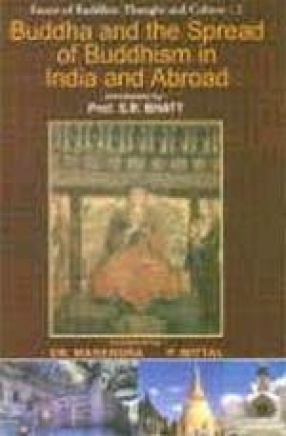
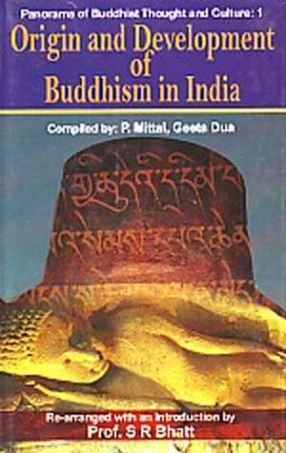
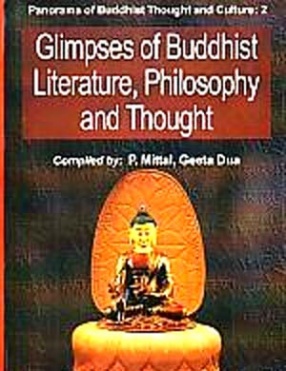

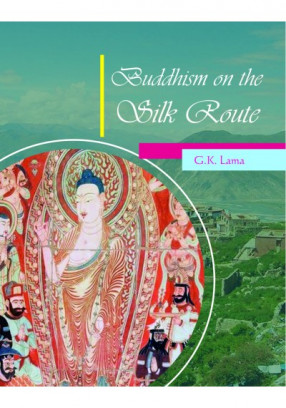
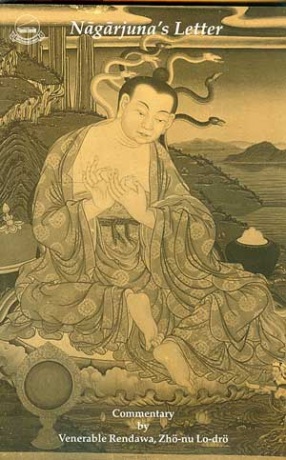
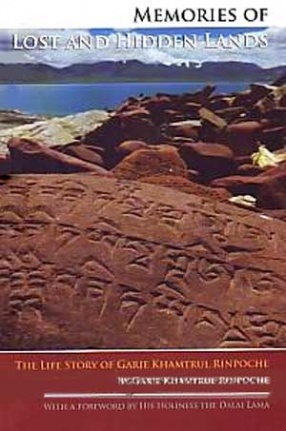
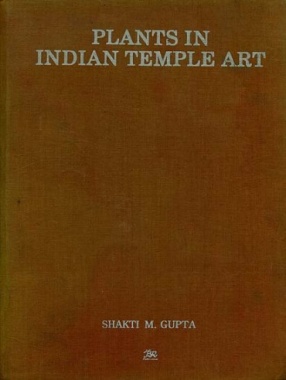

Bibliographic information
P. Mittal